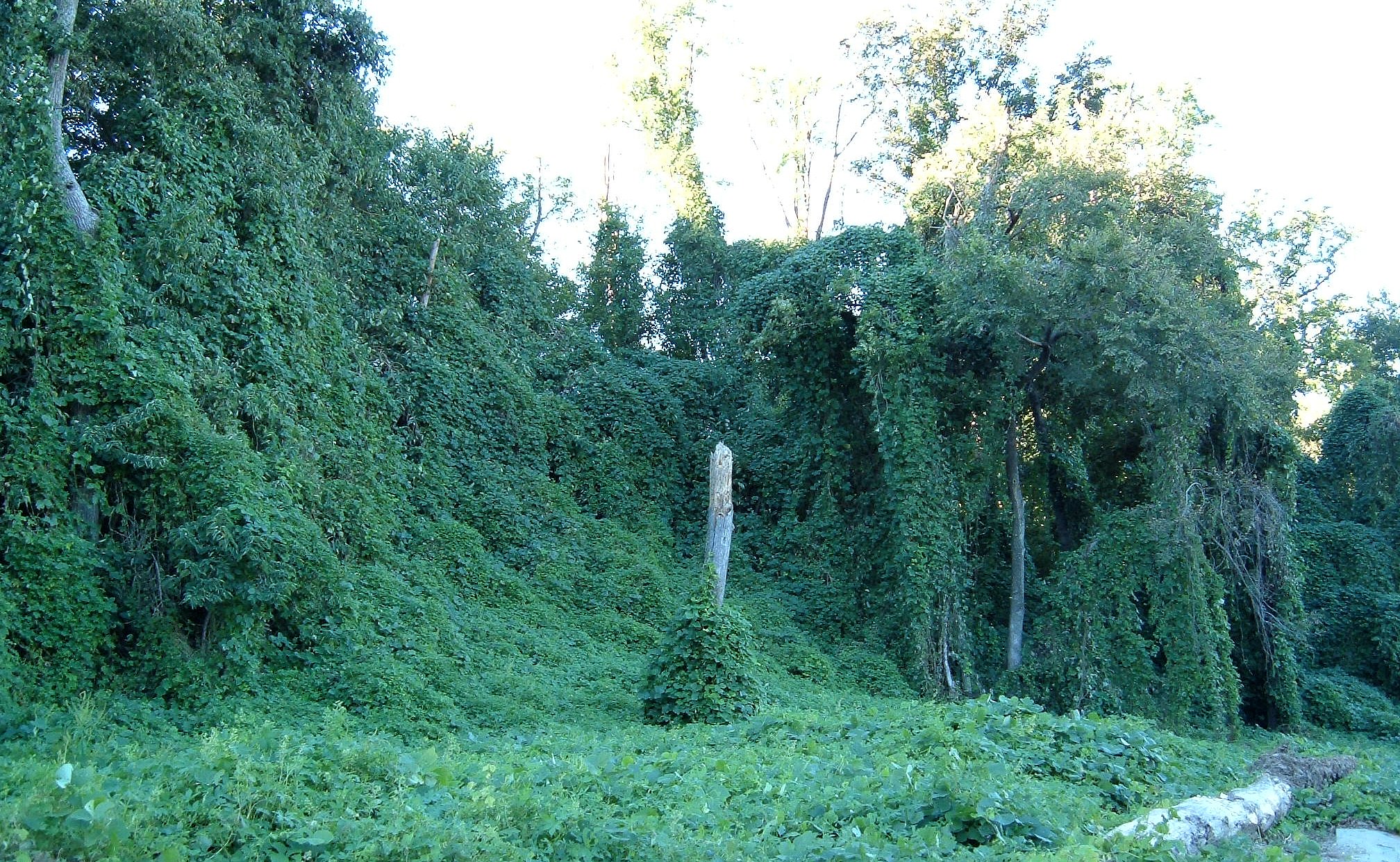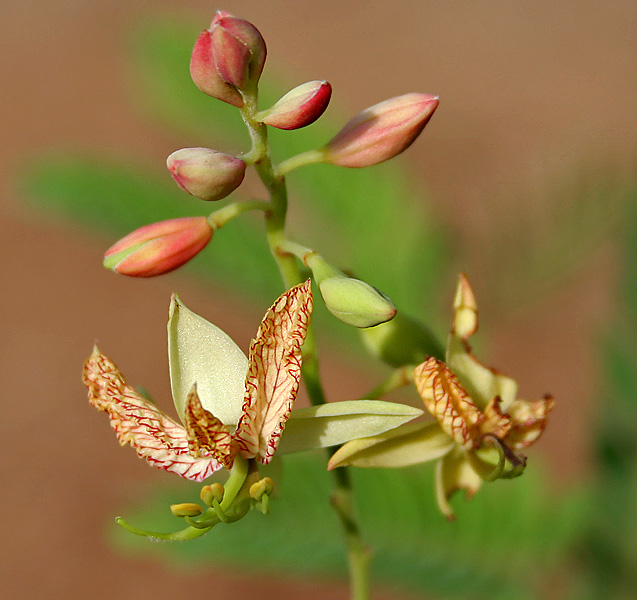|
Fabaceae
The Fabaceae or Leguminosae,International Code of Nomenclature for algae, fungi, and plants. Article 18.5 states: "The following names, of long usage, are treated as validly published: ....Leguminosae (nom. alt.: Fabaceae; type: Faba Mill. Vicia L.; ... When the Papilionaceae are regarded as a family distinct from the remainder of the Leguminosae, the name Papilionaceae is conserved against Leguminosae." English pronunciations are as follows: , and . commonly known as the legume, pea, or bean family, are a large and agriculturally important of |
Cercidoideae
Cercidoideae is a subfamily in the pea family, Fabaceae. Well-known members include ''Cercis'' (redbuds), including species widely cultivated as ornamental trees in the United States and Europe, ''Bauhinia'', widely cultivated as an ornamental tree in tropical Asia, and ''Tylosema'' , a semi-woody genus of Africa. The subfamily occupies a basal position within the Fabaceae and is supported as monophyletic in many molecular phylogenies. At the 6th International Legume Conference, the Legume Phylogeny Working Group proposed elevating the tribe Cercidae to the level of subfamily within the Leguminosae (Fabaceae). The consensus agreed to the change, which was fully implemented in 2017. It has the following clade-based definition: The most inclusive crown clade containing '' Cercis canadensis'' L. and ''Bauhinia divaricata'' L. but not '' Poeppigia procera'' C.Presl, '' Duparquetia orchidacea'' Baill., or '' Bobgunnia fistuloides'' (Harms) J.H.Kirkbr. & Wiersema. Many genera show uniqu ... [...More Info...] [...Related Items...] OR: [Wikipedia] [Google] [Baidu] |
Faboideae
The Faboideae are a subfamily of the flowering plant family Fabaceae or Leguminosae. An acceptable alternative name for the subfamily is Papilionoideae, or Papilionaceae when this group of plants is treated as a family. This subfamily is widely distributed, and members are adapted to a wide variety of environments. Faboideae may be trees, shrubs, or herbaceous plants. Members include the pea, the sweet pea, the laburnum, and other legumes. The pea-shaped flowers are characteristic of the Faboideae subfamily and root nodulation is very common. Genera The type genus, ''Faba'', is a synonym of ''Vicia'', and is listed here as ''Vicia''. *''Abrus'' *'' Acmispon'' *'' Acosmium'' *''Adenocarpus'' *'' Adenodolichos'' *'' Adesmia'' *'' Aenictophyton'' *''Aeschynomene'' *''Afgekia'' *'' Aganope'' *'' Airyantha'' *''Aldina'' *'' Alexa'' *''Alhagi'' *'' Alistilus'' *'' Almaleea'' *''Alysicarpus'' *'' Amburana'' *'' Amicia'' *''Ammodendron'' *'' Ammopiptanthus'' *'' Ammothamnus'' *'' ... [...More Info...] [...Related Items...] OR: [Wikipedia] [Google] [Baidu] |
Legume
A legume () is a plant in the family Fabaceae (or Leguminosae), or the fruit or seed of such a plant. When used as a dry grain, the seed is also called a pulse. Legumes are grown agriculturally, primarily for human consumption, for livestock forage and silage, and as soil-enhancing green manure. Well-known legumes include beans, soybeans, chickpeas, peanuts, lentils, lupins, mesquite, carob, tamarind, alfalfa, and clover. Legumes produce a botanically unique type of fruit – a simple dry fruit that develops from a simple carpel and usually dehisces (opens along a seam) on two sides. Legumes are notable in that most of them have symbiotic nitrogen-fixing bacteria in structures called root nodules. For that reason, they play a key role in crop rotation. Terminology The term ''pulse'', as used by the United Nations' Food and Agriculture Organization (FAO), is reserved for legume crops harvested solely for the dry seed. This excludes green beans and green peas, which are ... [...More Info...] [...Related Items...] OR: [Wikipedia] [Google] [Baidu] |
Vicia
''Vicia'' is a genus of over 240 species of flowering plants that are part of the legume family (Fabaceae), and which are commonly known as vetches. Member species are native to Europe, North America, South America, Asia and Africa. Some other genera of their subfamily Faboideae also have names containing "vetch", for example the vetchlings (''Lathyrus'') or the milk-vetches ('' Astragalus''). The broad bean (''Vicia faba'') is sometimes separated in a monotypic genus ''Faba''; although not often used today, it is of historical importance in plant taxonomy as the namesake of the order Fabales, the Fabaceae and the Faboideae. The tribe Vicieae in which the vetches are placed is named after the genus' current name. Among the closest living relatives of vetches are the lentils (''Lens'') and the true peas ('' Pisum''). Use by humans Bitter vetch ('' V. ervilia'') was one of the first domesticated crops. It was grown in the Near East about 9,500 years ago, starting perhaps ... [...More Info...] [...Related Items...] OR: [Wikipedia] [Google] [Baidu] |
Duparquetioideae , as evidenced by the distinctive structure of its flowers and wood, and phylogenetic studies.
''Duparquetia orchidacea'' is a liana which is native to tropical west Africa. It is the only species in the subfamily Duparquetioideae. It is found in humid tropical forests in West and Central Africa. It is a basal member of the Fabaceae The Fabaceae or Leguminosae,International Code of Nomenc ... References Fabaceae Monotypic Fabaceae genera[...More Info...] [...Related Items...] OR: [Wikipedia] [Google] [Baidu] |
Caesalpinioideae
Caesalpinioideae is a botanical name at the rank of subfamily, placed in the large family Fabaceae or Leguminosae. Its name is formed from the generic name ''Caesalpinia''. It is known also as the peacock flower subfamily. The Caesalpinioideae are mainly trees distributed in the moist tropics, but include such temperate species as the honeylocust (''Gleditsia triacanthos'') and Kentucky coffeetree (''Gymnocladus dioicus''). It has the following clade-based definition: The most inclusive crown clade containing ''Arcoa gonavensis'' Urb. and ''Mimosa pudica'' L., but not '' Bobgunnia fistuloides'' (Harms) J. H. Kirkbr. & Wiersema, ''Duparquetia orchidacea'' Baill., or '' Poeppigia procera'' C.Presl In some classifications, for example the Cronquist system, the group is recognized at the rank of family, Caesalpiniaceae. Characteristics * Specialised extrafloral nectaries often present on the petiole and / or on the primary and secondary rachises, usually between pinnae or lea ... [...More Info...] [...Related Items...] OR: [Wikipedia] [Google] [Baidu] |
Kudzu
Kudzu (; also called Japanese arrowroot or Chinese arrowroot) is a group of climbing, coiling, and trailing deciduous perennial vines native to much of East Asia, Southeast Asia, and some Pacific islands, but invasive in many parts of the world, primarily North America. The vine densely climbs over other plants and trees and grows so rapidly that it smothers and kills them by blocking most of the sunlight. The plants are in the genus '' Pueraria'', in the pea family Fabaceae, subfamily Faboideae. The name is derived from the Japanese name for the plant East Asian arrowroot, (''Pueraria montana'' var. ''lobata''), . Where these plants are naturalized, they can be invasive and are considered noxious weeds. The plant is edible, but often sprayed with herbicides. Taxonomy and nomenclature The name kudzu describes one or more species in the genus '' Pueraria'' that are closely related, and some of them are considered to be varieties rather than full species. The morphologi ... [...More Info...] [...Related Items...] OR: [Wikipedia] [Google] [Baidu] |
Flowering Plant
Flowering plants are plants that bear flowers and fruits, and form the clade Angiospermae (), commonly called angiosperms. The term "angiosperm" is derived from the Greek words ('container, vessel') and ('seed'), and refers to those plants that produce their seeds enclosed within a fruit. They are by far the most diverse group of land plants with 64 orders, 416 families, approximately 13,000 known genera and 300,000 known species. Angiosperms were formerly called Magnoliophyta (). Like gymnosperms, angiosperms are seed-producing plants. They are distinguished from gymnosperms by characteristics including flowers, endosperm within their seeds, and the production of fruits that contain the seeds. The ancestors of flowering plants diverged from the common ancestor of all living gymnosperms before the end of the Carboniferous, over 300 million years ago. The closest fossil relatives of flowering plants are uncertain and contentious. The earliest angiosperm fossils are in ... [...More Info...] [...Related Items...] OR: [Wikipedia] [Google] [Baidu] |
Detarioideae
The subfamily Detarioideae is one of the subdivisions of the plant family Fabaceae (legumes). This subfamily includes many tropical trees, some of which are used for timber or have ecological importance. The subfamily consists of 84 genera, most of which are native to Africa and Asia. Pride of Burma (''Amherstia nobilis'') and tamarind (''Tamarindus indica'') are two of the most notable species in Detarioideae. It has the following clade-based definition: The most inclusive crown clade containing ''Goniorrhachis marginata'' Taub. and ''Aphanocalyx cynometroides'' Oliv., but not '' Cercis canadensis'' L., '' Duparquetia orchidacea'' Baill., or '' Bobgunnia fistuloides'' (Harms) J. H. Kirkbr. & Wiersema. Taxonomy Detarioideae comprises the following tribes and genera: Schotieae * ''Schotia'' Jacq. Barnebydendreae * ''Barnebydendron'' J.H.Kirkbr. * ''Goniorrhachis'' Taub. Detarieae * ''Augouardia'' Pellegr. * ''Baikiaea'' Benth. * ''Brandzeia'' Baill. * '' Colophospermum'' J. ... [...More Info...] [...Related Items...] OR: [Wikipedia] [Google] [Baidu] |
Dialioideae
The subfamily Dialioideae is one of the subdivisions of the plant family Fabaceae (legumes). This subfamily includes many tropical trees and shrubs. The subfamily consists of 17 genera, which are widespread throughout the tropics. It has the following clade-based definition: The most inclusive crown clade containing '' Poeppigia procera'' C.Presland ''Dialium guianense'' (Aubl.) Sandwith, but not ''Cercis canadensis'' L., '' Duparquetia orchidacea'' Baill., or '' Bobgunnia fistuloides'' (Harms) J. H. Kirkbr. & Wiersema Members of the family also share the following morphological characteristics: the presence of cymose inflorescences, the absence of vestured pits in the xylem, and a high degree of organ loss. Taxonomy Dialioideae comprises the following genera: * '' Androcalymma'' Dwyer * ''Apuleia'' Mart. * '' Baudouinia'' Baill. * ''Dialium'' L. * '' Dicorynia'' Benth. * '' Distemonanthus'' Benth. * '' Eligmocarpus'' Capuron * ''Kalappia'' Kosterm. * ''Koompassia'' Maingay ex Be ... [...More Info...] [...Related Items...] OR: [Wikipedia] [Google] [Baidu] |
Fruit
In botany, a fruit is the seed-bearing structure in flowering plants that is formed from the ovary after flowering. Fruits are the means by which flowering plants (also known as angiosperms) disseminate their seeds. Edible fruits in particular have long propagated using the movements of humans and animals in a symbiotic relationship that is the means for seed dispersal for the one group and nutrition for the other; in fact, humans and many animals have become dependent on fruits as a source of food. Consequently, fruits account for a substantial fraction of the world's agricultural output, and some (such as the apple and the pomegranate) have acquired extensive cultural and symbolic meanings. In common language usage, "fruit" normally means the seed-associated fleshy structures (or produce) of plants that typically are sweet or sour and edible in the raw state, such as apples, bananas, grapes, lemons, oranges, and strawberries. In botanical usage, the term "fruit" ... [...More Info...] [...Related Items...] OR: [Wikipedia] [Google] [Baidu] |
Herbaceous Plant
Herbaceous plants are vascular plants that have no persistent woody stems above ground. This broad category of plants includes many perennials, and nearly all annuals and biennials. Definitions of "herb" and "herbaceous" The fourth edition of the '' Shorter Oxford English Dictionary'' defines "herb" as: #"A plant whose stem does not become woody and persistent (as in a tree or shrub) but remains soft and succulent, and dies (completely or down to the root) after flowering"; #"A (freq. aromatic) plant used for flavouring or scent, in medicine, etc.". (See: Herb) The same dictionary defines "herbaceous" as: #"Of the nature of a herb; esp. not forming a woody stem but dying down to the root each year"; #"BOTANY Resembling a leaf in colour or texture. Opp. scarious". Botanical sources differ from each other on the definition of "herb". For instance, the Hunt Institute for Botanical Documentation includes the condition "when persisting over more than one growing season, the par ... [...More Info...] [...Related Items...] OR: [Wikipedia] [Google] [Baidu] |






